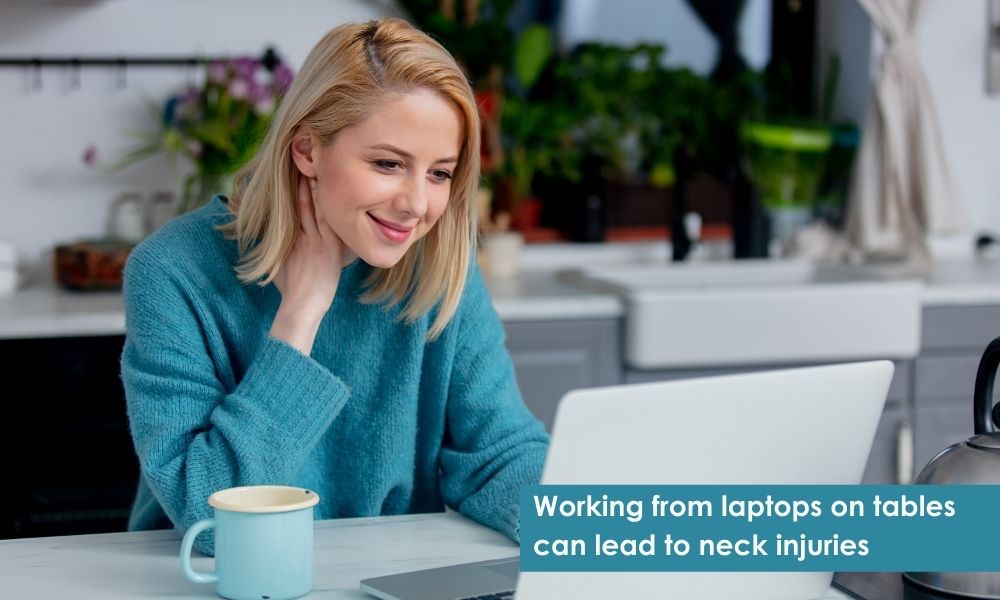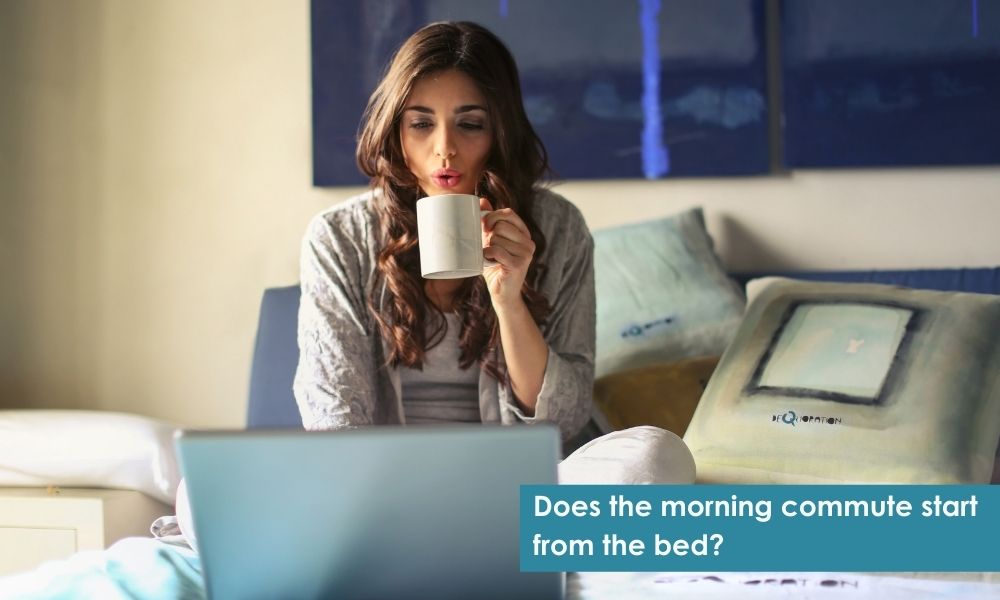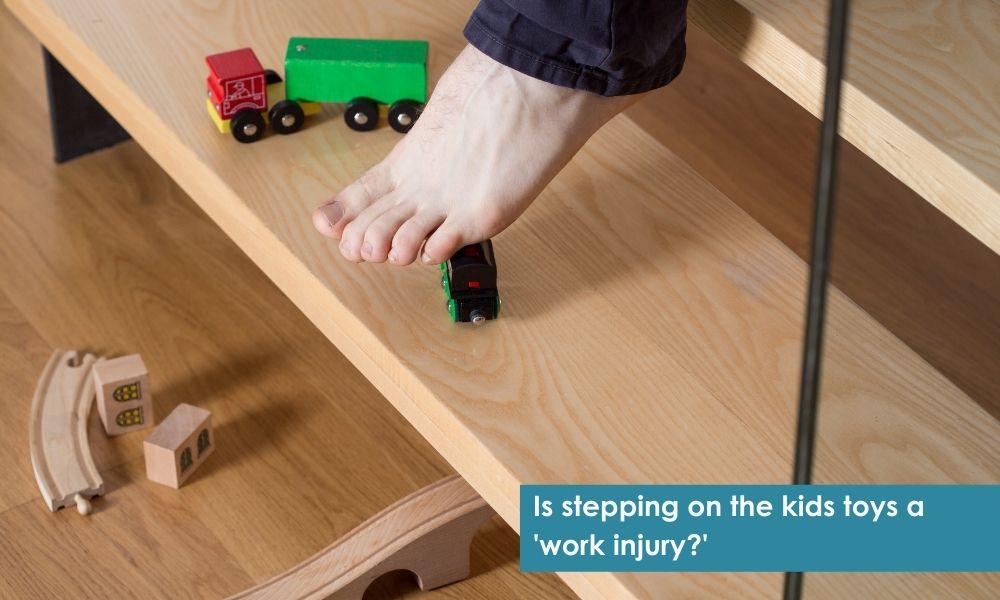Almost overnight, the pandemic revolutionised the way we work as huge swathes of employees were suddenly thrust into work from home (WFH) arrangements.
Before the pandemic, just 8% of Australians worked from home; since then that figure has jumped to 40%, remaining there even as lockdowns have come and gone.
Now, as the pandemic subsides, some employers are asking their workers to spend more time back in the office. But for employees, the horse has already bolted: seven out of ten Australian workers want only two days in the office each week—and they don’t want those days mandated by their bosses.
The transition to more flexible working has been broadly beneficial. People who WFH are happier and healthier, while their employers can benefit from increased productivity and reduced office space requirements. For the environment, WFH can mean lower emissions.
But it’s not all good news.
Make-shift home-office set-ups and isolating, distracting working environments have triggered a surge in physical injuries and negative mental health impacts—and that has implications for worker’s compensation.
Increase in WFH Injuries

The haste in which workers had to retreat home during lockdowns means that many found themselves working from makeshift workstations.
Instead of ergonomic office chairs and desks, and monitors set at eye-level, many employees now sit hunched over kitchen tables, sitting on hard dining chairs, staring down at laptops mounted on books (over a third of people report insufficient home office equipment).
Take away the incidental exercise that comes with being in the office and you have sedentary employees sitting in uncomfortable positions for long periods of time. This has led to a rise in injuries including:
- Musculoskeletal injuries from poorly setup home workstations and sedentary working
- Mental health issues from increasingly blurred lines between work and life (26% of employees report increased availability expectations from their employers) and reduced face-to-face human contact
- Injuries from tripping or falling over hazards in the home
Who’s responsible for keeping workers safe at home?
In Australia, model WHS laws (the laws set by the Commonwealth’s Safe Work Australia but implemented by each state and territory) apply to employees working somewhere other than their usual workplace—such as at home.
This means that employers have a responsibility to eliminate or minimise risks to health and safety of workers who WFH, and that workers injured while working from their homes or other non-work site locations can claim compensation.
In Queensland under the statutory workers’ ‘no-fault’ compensation scheme, employees can claim through WorkCover so long as the injury while working at home “arises out of, or in the course of employment” and that their employment was a “significant contributing factor”.
Employees can also make a ‘common law claim’ and sue employers for damages if they contributed a WFH injury through negligence. An example of a common law claim could be if an employee was suffering from mental health issues while working from home and their condition deteriorated further after their employer failed to respond to a request for support.
But what is ‘work’?

Some recent overseas cases have raised questions over what exactly constitutes a ‘workplace injury’ in the context of WFH.
In December, Germany’s Federal Social Court ruled that a worker who hurt himself falling over while walking from his bed to his home office was ‘commuting’—and eligible for compensation. The man’s employer had rejected an insurance claim, but the court disagreed, suggesting that the “the first morning journey from bed to the home office [was] an insured work route”.
Similarly, a court in Quebec agreed with an Air Canada employee who argued that injuries sustained falling down the stairs at home constituted a work injury. Air Canada had claimed that there was no connection between the injury and work and denied responsibility. The court sided with the employee, ruling that they are eligible for worker’s compensation.
But how far does this coverage extend?

This ‘grey area’ around where work starts and begins in the home has been tested in Australia with two high-profile cases, which although handed down a number of years ago, still stand as precedent.
In Hargreaves and Telstra [2011] AATA 417, the Federal Administrative Appeals Tribunal (the Tribunal) ruled that two shoulder injuries sustained by a Telstra employee who fell down the stairs twice while WFH were work injuries: once while walking to get cough medicine (deemed a “[necessity] of nature” by the Tribunal), and second while “complying with a work instruction”.
Not all injuries at home during work hours are considered work-related. In Demasi and Comcare [2016] AATA 644), the tribunal rejected a claim by an ABC producer who broke her hip while going for a mid-morning run prior to a rescheduled radio interview. The tribunal declared that an ad-hoc mid-morning run wasn’t a typical work-related activity or break.
In Queensland, criteria set out in the Workers' Compensation and Rehabilitation Act 2003 is used to determine when an injury occurred during work-related activity. The criteria define a work injury as one which occurs:
- While the worker is at the place of employment (designated work area of the home) and is engaged in an activity for, or in connection with, the employer's trade or business; or
- While the worker is temporarily absent from the place of employment (designed work areas in the home) during an ordinary recess if the event is not due to the worker voluntarily subjecting themselves to an abnormal risk of injury during the recess.
Prevention is better than the cure
In an ideal world, there’d never be any workers’ compensation claims. While that’s unlikely to happen any time soon—accidents happen—there are steps employers and employees alike can take to minimise the risk of WFH-related injury.
In Queensland, there are policies and procedures it is recommended employers put in place, ranging from formalising WFH procedures, approving WFH on a case-by-case basis, and assessing home-based work areas to ensure that workstations are fit-for-purpose.
Practically, employers should take steps like reminding employees to move every 20-40 minutes (apps can be used to help with this), advising them to use an external monitor, mouse and keyboard, and recommending three-way moveable chairs. Employers should also check in with their workers frequently to address any physical or mental issues early.
Employees also have responsibilities. They must “reasonable care” for their own health and safety (and others who may be impacted_. They must also follow instructions such as using equipment properly, attending training or following procedures. In a WFH environment, this means following recommendations on creating a safe workspace at home.
Making WFH a Win-Win for Everyone

With the WFH revolution here to stay, safe and healthy home working environments are a win-win for both employees and employers.
Employees can work safely from home in comfortable, ergonomic conditions, reaping the benefits of flexible working arrangements without added risk of injury.
For employers, safe working environments for workers at home means less absenteeism due to injury, reduced risk of litigation, as well as improved productivity and staff retention.
